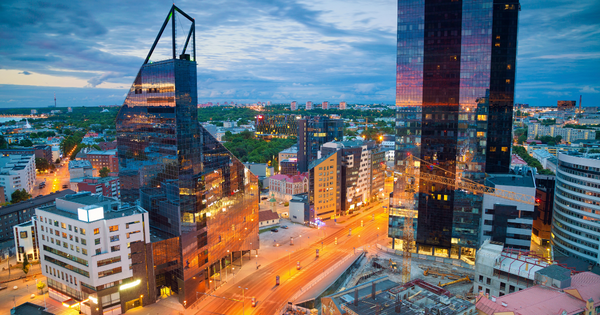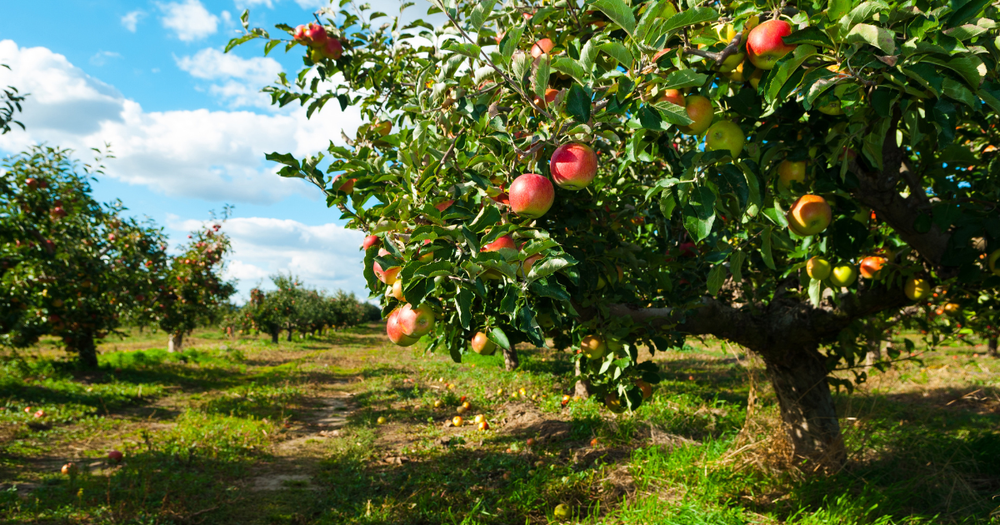Climate change doesn’t only reshape coastlines and weather maps; it reshapes our inner landscapes, too. As temperatures climb, storms intensify, wildfires spread, and species vanish, many of us carry a quiet—sometimes not so quiet—weight: anxiety about the future, grief for what’s already lost, anger at inaction, and a gnawing sense of powerlessness. These emotions are normal, human responses to real threats. Naming them and understanding how they arise is the first step toward coping in ways that protect both our mental health and the planet we share.
The emotional toll of climate change spans a wide spectrum. Climate anxiety, sometimes called eco-anxiety, describes a chronic fear of environmental catastrophe. It often shows up as racing thoughts about worst-case scenarios, sleep difficulties, or a persistent unease that undercuts daily routines. Closely related is eco-distress, an umbrella for grief, sadness, guilt, and helplessness tied to ecological loss—coral reefs bleached white, forests logged or burned, birds and insects less abundant than we remember. Young people report these feelings in especially high numbers, which makes sense: they’ve inherited a future freighted with uncertainty, and they consume news and social media that keep global crises constantly present.





